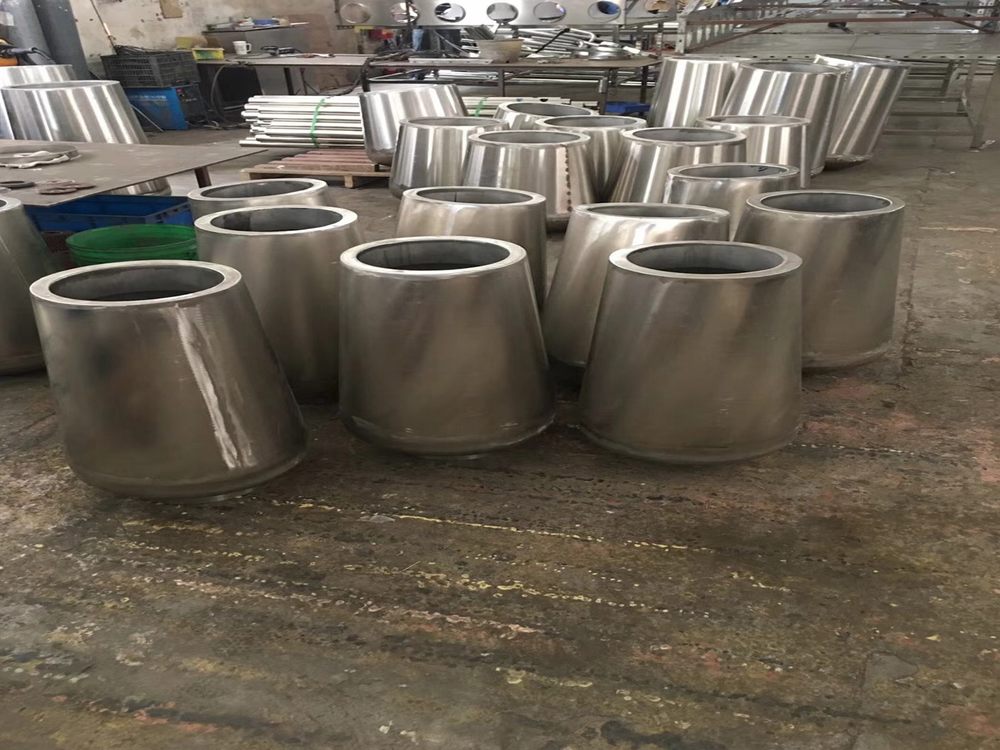
Bronze sculptures have long been revered for their durability and beauty, but it is the hidden layers of symbolism that truly bring these artworks to life. Artists employ various techniques to embed meaning into their bronze creations, transforming cold metal into powerful visual narratives.
One common method is through figurative representation. By carefully crafting human or animal forms, sculptors can convey cultural myths, historical events, or spiritual beliefs. The posture of a figure might suggest triumph, while a bowed head could represent mourning or contemplation.
Material selection itself carries symbolic weight. Bronze, with its golden-brown patina, often represents timelessness and permanence. Artists may enhance this by applying specific finishes - a dark patina for solemnity or a polished shine for vitality.
Incorporating symbolic objects is another powerful technique. A bronze figure holding scales might represent justice, while one clutching a broken chain could symbolize freedom. Even the base of a sculpture can contribute meaning, with rough textures suggesting struggle or smooth surfaces indicating peace.
Contemporary artists often combine traditional symbolism with personal iconography, creating unique visual languages. Abstract bronze forms might use negative space to represent absence or voids, while intricate surface textures could mimic natural elements with symbolic significance.
The placement and orientation of sculptures also contribute to their symbolic meaning. A figure gazing eastward might reference renewal, while one positioned in water could symbolize purification. Through these thoughtful design choices, bronze sculptures become more than decorative objects - they transform into vessels of cultural memory and human expression.

